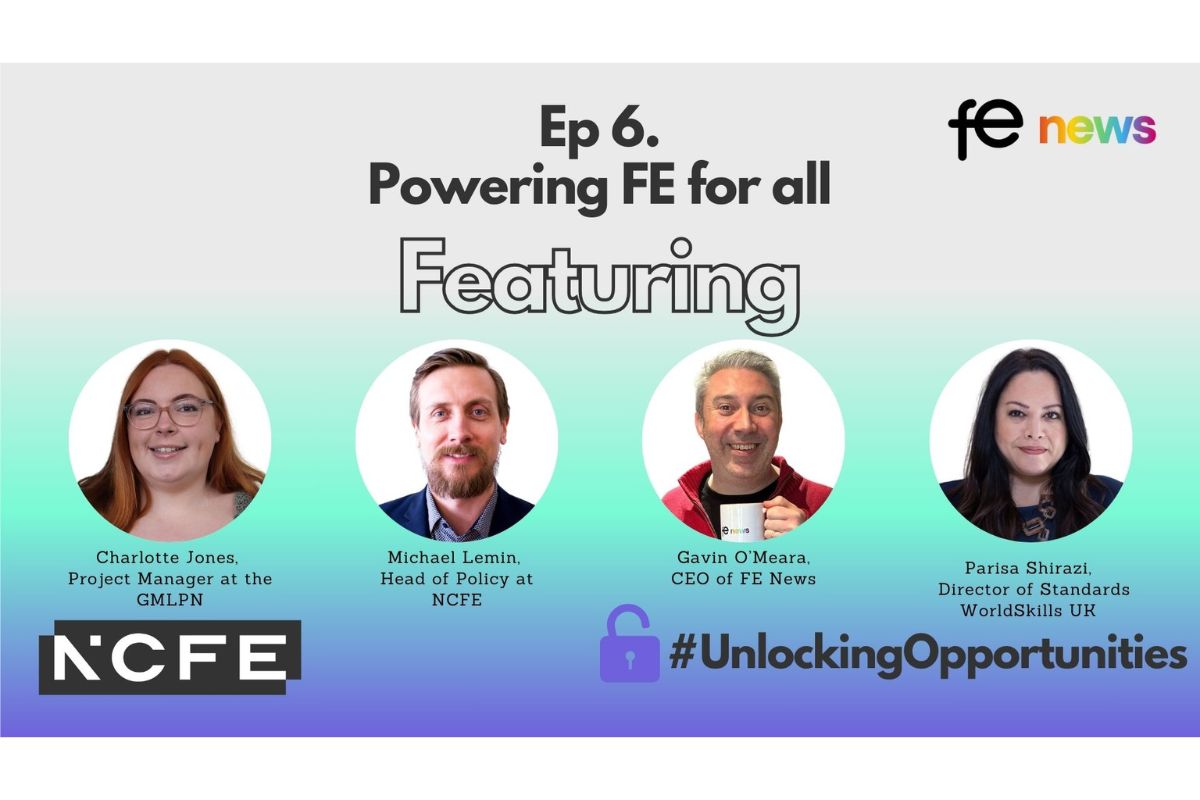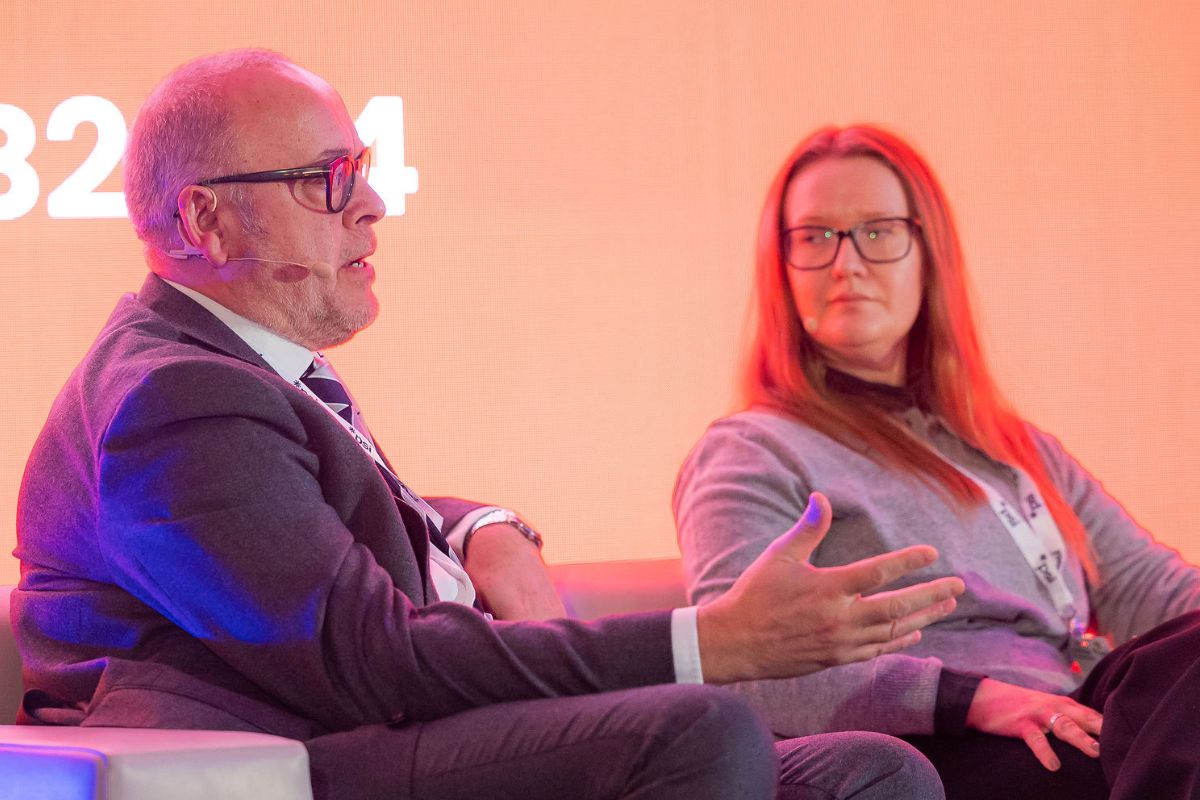Three factors shaping the future of technology education

The UK government recently announced its plans to press ahead with initiatives such as the Lifetime Skills Guarantee designed to make retraining and lifelong learning easier than ever.
Alongside this, the past five years has seen huge growth in technology education and reskilling programmes. As a result, there has never been so much choice for those seeking to develop their tech skills, especially in areas such as coding and web development.
As the market for technology education continues to rapidly expand, it can be a little overwhelming for prospective students and education practitioners to separate the meaningful from the meaningless, the signal from the noise.
Fundamentally, it boils down to the question of how educators can develop skills in the most effective way – and how significantly this reskilling will shape the changing tech landscape in the long term.
Ultimately, the vital ingredients for a successful tech course sit in three distinct baskets:
- Access
- Value, and
- Outcomes.
1. Access
Historically, there have been barriers to entry for many people trying to gain tech skills. One of the key focuses for the tech industry moving forward is expanding access to these skills, or put another way — democratising technology education.
A major component of this effort is ensuring that courses are location-agnostic and delivered remotely. This means creating a quality learning experience anywhere, uncoupled from the high rental prices of the usual major city centres, removing the pressure on students to relocate. Once this is achieved, the pool of potential software developers, programmers, entrepreneurs and all-round technology leaders grows dramatically. Those who wish to learn should be able to, without uprooting their lives.
Over the past year, many education providers were forced to switch from in-person teaching to remote with unprecedented speed. For those without a solid foundation of remote teaching, this was a challenge. As an education provider, it’s vital to have systems and processes in place, such as custom-built software that allow effective remote delivery — this has proven to be invaluable in delivering Boolean’s courses.
Courses that cannot be delivered effectively remotely will undoubtedly be outcompeted by those that can. That’s why ‘access’ is a key driver for technology education which will continue to grow in significance.
2. Value
No surprises here — value is a straightforward proposition that we’re all conscious of as we look for the best ‘bang for your buck’. But value isn’t just about the financial investment. It’s as much about the investment of time: something which varies massively depending on which route a student decides to take. Increasingly value-savvy students and career-switchers are looking carefully at this.
While a traditional degree in a subject such as computer science is undoubtedly the most comprehensive option out there in terms of content, it’s a considerable investment of both time and money. A three-year degree programme will cost a minimum of £27,000 in tuition fees alone, without factoring maintenance costs and other loans. Taking a break from full-time work for three years just isn’t feasible for most who are looking to switch careers.
At the other end of the spectrum for time investment is the increasingly popular bootcamp model, clocking in on average between nine and twelve weeks with a price tag of roughly £7k – £10k. It’s an attractive option for the time-conscious, but it does raise the question of just how short a course should be if students hope to move straight into a successful tech career. It’s right to expect results after a £10k investment. But is a three-month course too brief to ensure that?
Taking these considerations into account is why a pragmatic six-month course, as is offered at academies such as Boolean, can feel the most balanced to anybody who is conscious of risk. As further insurance against the risk of an un-recouped investment on the part of the student, education providers should consider a money-back guarantee for any alumni who fail to settle into a role in tech. It’s a bold pledge, but it aligns the goals of the educators with the learners and demonstrates confidence in the course.
3. Outcomes
Having a clear sense of desired outcomes allows for a clear sense of purpose. For example, a valuable distinction between a degree programme and a bootcamp is that the former is theoretically designed to impart knowledge, while the latter should be designed with careers as the final word.
Starting with well-defined outcomes allows education providers to work backwards in the construction of their processes and curriculum. For software development courses such as those offered by Boolean, it’s imperative that the programming languages taught are both in-demand in the job market and also have longevity, such as React and Javascript.
Beyond the programming nuts and bolts, a robust careers service is central to the outcomes of any career-focused tech academy. As mentioned above, a job or money-back guarantee is a powerful way to remain fixed upon positive outcomes, inspiring confidence in both students and teachers alike. Combine that with responsive careers support for students and proactive outreach with potential employers, in order to provide a totally careers-obsessed experience for outcome-conscious students.
A lack of tangible outcomes to aim at does a disservice to students, who are very much aware of what to expect in return for their time and money. As the tech industry continues to become increasingly competitive, a laser focus on outcomes will become a serious differentiator for tech education providers.
Seeking out the very best
In the increasingly saturated market of technology education, it’s more difficult for both prospective students to find the right course for them, and for educators to stand out from the crowd — yet they must.
It’s been projected by TechUK that “a further three million new jobs that will require digital skills will be created in the UK by 2025”. This highlights the importance of technology education providers, be they universities, academies or bootcamps, and the role which they play.
The way forward for both educators and students lies in holding fast to the principles of Access, Value, and Outcomes. It’s what educators should seek to provide; it’s what students should seek out and demand.











Responses